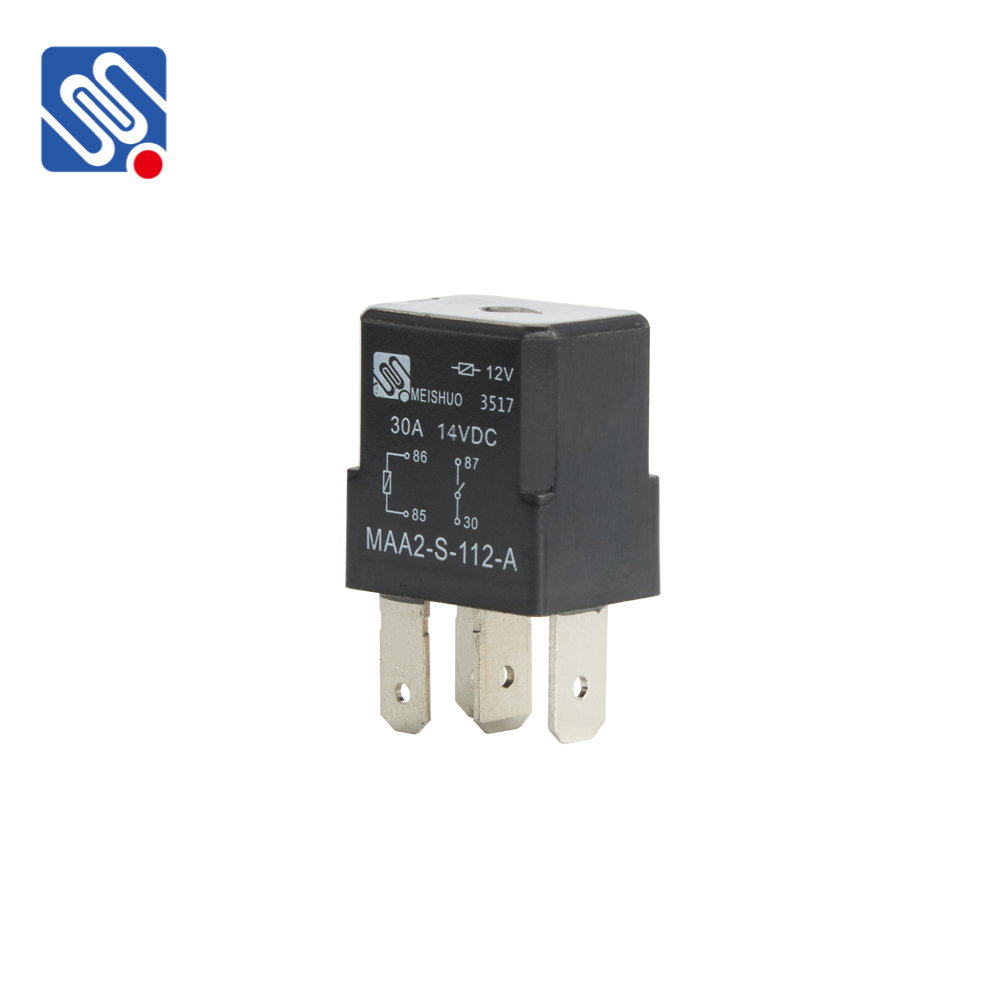understanding relay current: key insights into electrical relay operation
Release time:2025-11-08 21:39:33
Relays are essential components in electrical systems, allowing control of high-power devices through low-power signals. They play a critical role in various applications, including industrial automation, automotive systems, and telecommunications. A core concept when working with relays is relay current, which refers to the electrical current that flows through the relay's circuit. This article provides an in-depth exploration of relay current, discussing its significance, components, and considerations for selecting appropriate relays.

What is Relay Current?
Relay current generally refers to two types of currents in a relay: the coil current and the contact current. These currents determine how the relay operates and interacts with the circuit. Understanding these currents is crucial for selecting the right relay for a specific application.
Coil Current: The coil current is the current that flows through the relay's coil when it is energized. The coil is an electromagnet that creates a magnetic field when current flows through it, activating the relay's switch mechanism. The amount of current required to energize the coil depends on the relay’s design and operating voltage. Typically, coil currents are relatively small, often in the range of milliamps to a few hundred milliamps.

